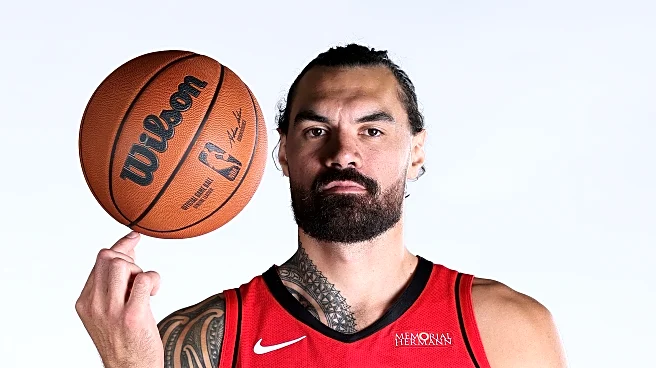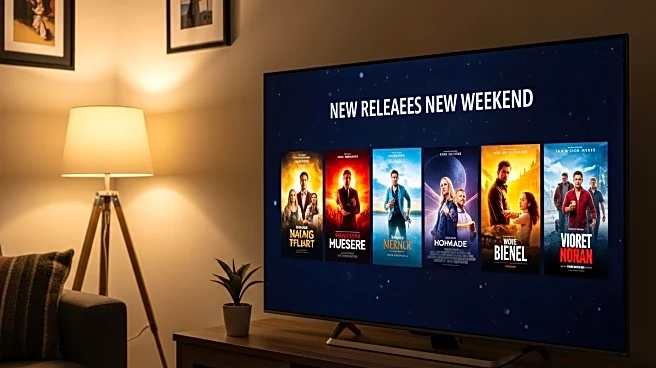What's Happening?
The New Orleans Pelicans have unveiled their broadcast coverage plans for the upcoming 2025-26 season. The team has partnered with Gray Local Media to televise 80 of their 82 regular season games on the Gulf Coast Sports & Entertainment Network (GCSEN). The remaining two games will be broadcast nationally on Peacock and ESPN. The Pelicans will also offer streaming services through Pelicans+, allowing fans to access live games, replays, and exclusive content. The broadcast team includes Joel Meyers, Antonio Daniels, and Andrew Lopez, with Erin Summers and Wesley Johnson hosting pregame, halftime, and postgame shows.
Why It's Important?
This announcement is significant as it ensures extensive coverage of Pelicans games, enhancing fan engagement and accessibility. By offering multiple platforms for viewing, including television, radio, and streaming, the Pelicans are catering to diverse audience preferences. The partnership with Gray Local Media and the inclusion of Pelicans+ streaming service reflects a strategic move to expand their reach and provide comprehensive coverage. This could potentially increase viewership and fan loyalty, impacting the team's market presence and commercial opportunities.
What's Next?
The Pelicans are set to begin their season with a game against the Memphis Grizzlies on October 22, which will be simulcast on FOX 8 and GCSEN. Fans can expect continued updates and exclusive content throughout the season via Pelicans+, enhancing their viewing experience. The team's broadcast strategy may influence other NBA teams to adopt similar approaches, potentially reshaping how games are accessed and consumed by fans.
Beyond the Headlines
The Pelicans' approach to broadcasting highlights the growing trend of sports teams leveraging digital platforms to engage with fans. This move could set a precedent for other teams to follow, emphasizing the importance of digital transformation in sports broadcasting. The integration of streaming services like Pelicans+ reflects a shift towards direct-to-consumer models, which could have long-term implications for traditional broadcasting networks.












